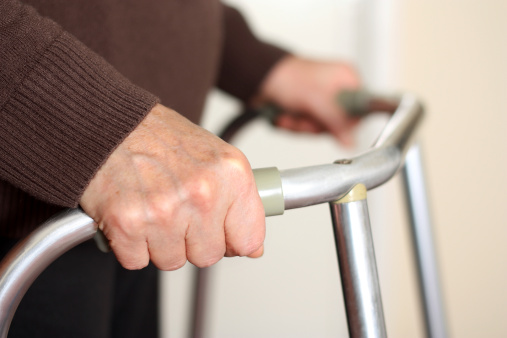
Ready or not, here they come.
In just 15 years, California will have nearly twice as many seniors as today. Among them will be a rising percentage of Latinos and Asians, along with a greater number of single seniors without children to care for them.
This stunning demographic shift means the state will need to devote far more resources to caregiving and long-term care – including nursing homes – to address the growing needs of this new and ethnically-diverse senior population.
On the heels of a state Senate report earlier this year outlining California’s woefully inadequate system of sustainable long-term care, the Public Policy Institute of California has released what could be considered a companion report describing these new seniors.
As the youngest Baby Boomers hit retirement age in 2029, the state’s over-65 population is expected to grow by four million older adults in 2030 – an increase of 87% to 8.6 million, according to the report. Seniors will jump from just 12% of the 2012 population to nearly one in five by 2030.
With far more of these seniors single and childless, their traditional desire to remain at home – or “age in place” – will require a growing number of trained professionals to care for them: including home caregivers and home health aides.
The overall senior population growth will require more geriatricians specially-trained in older adult health, as well as nurses and physician-extenders like physician’s assistants, nurse practitioners, and medical assistants.
“California policymakers can most effectively address the state’s health workforce needs through the community college system and programs that increase access and funding for postsecondary education,” suggests the Institute’s report.
The explosive growth in Latino seniors – 170%, or an additional 1.42 million more than 2012 — will push them to over one-quarter of the state’s senior population, as the percentage of white Californians is projected to fall to just under half. Asian seniors are expected to increase slightly to 16%, with African-Americans remaining steady at 5%.
Besides the sheer numbers of new and diverse seniors, most shocking is the number of those expected to be single and childless — due in part to the rising number of LGBTQ Baby Boomers. Nearly one in five seniors is expected to be childless in 2030.
The Institute estimates that the number of California seniors with problems caring for themselves – with “self-care limitations” – will nearly double to over a million.
So, there will be an expected increase in both California’s nursing home population – reversing today’s trend of falling admissions – and a greater need for trained home caregivers.
“Slightly more than 106,000 people will need nursing home care in 2030,” according to the report – an increase of 16% over 2012. If, however, the trend towards “aging in place” doesn’t continue, a shocking 150,000 seniors could need nursing home support.
With California paying half of Medi-Cal costs – including expensive nursing homes – the need to keep seniors at home will become even more critical.





